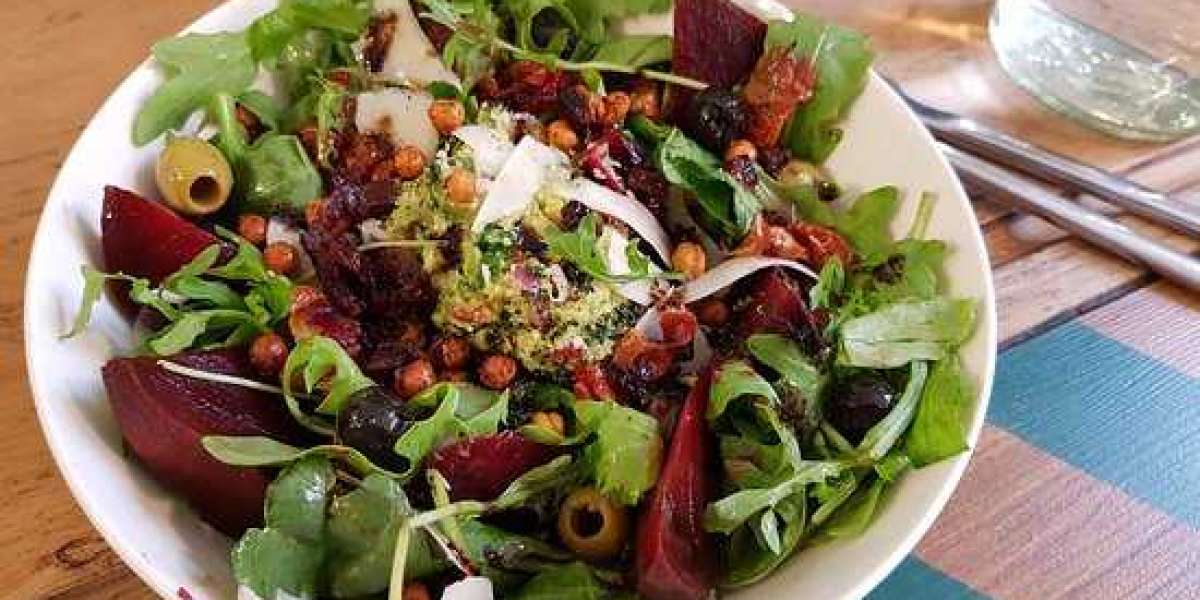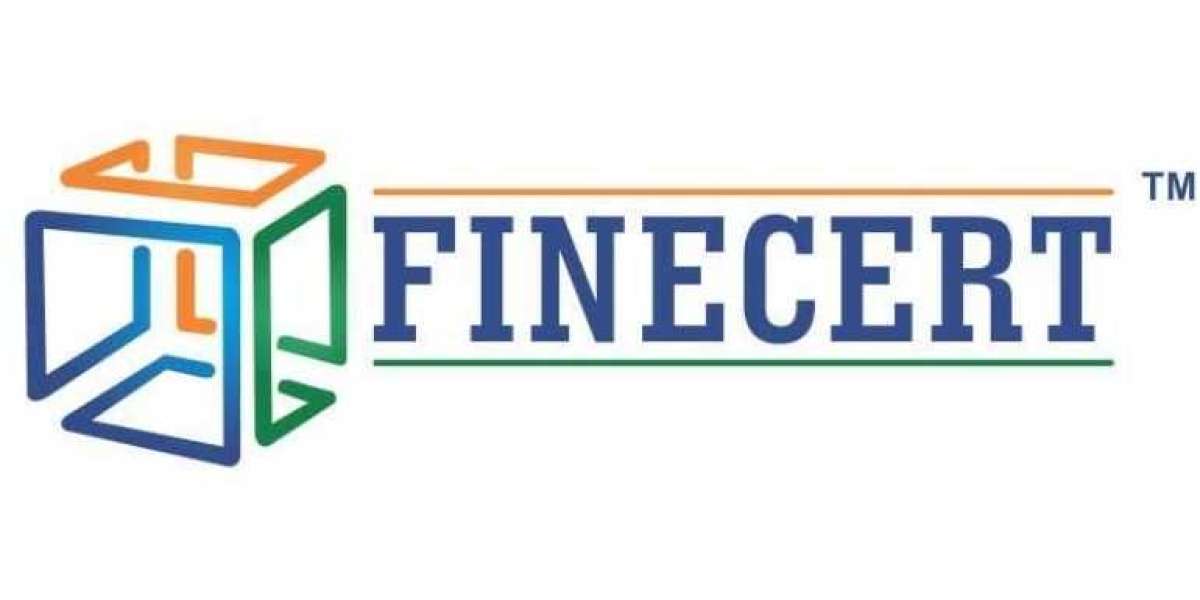Owing to the Covid-19 outbreak and resulting shutdowns, many intriguing food and drink trends emerged in 2020. Most of these have extended seamlessly into 2021 and are expected to attain lasting relevance in the coming years. No doubt, it is hard to predict the exact future dynamics of this vast, tumultuous industry. However, data analysts have identified the most impactful and long-lasting trends for food and beverage brands to capitalize on.
Here’s a look at the top 6:-
The Resurgence of Plant-based Diets
Veganism used to be restricted to a limited few in the past. Today, the number of consumers adopting a vegan, vegetarian, or flexitarian diet is staggeringly high. Even the most popular diet of 2021, the Mediterranean diet is largely based on plant-based foods like whole grains, legumes, and veggies. The reason attributed to this rise in veganism includes health concerns, ethical issues, and most importantly environmental consciousness.
Canned Cocktails and Wine
Convenience and comfort have been the buzzwords for food and drink trends in 2021. Confined to their homes, consumers are looking for solace in food and drinks. If you cannot step out and unwind in your favorite bar or pub, you can conveniently bring the bar home minus the efforts of uncorking, mixing, and shaking. Canned cocktails and wine is an important trend that is here to stay!
Healthy and Sustainable Eating
Consumers today are more label-conscious than ever before. If your eggs are not cage-free, or if your dairy products have not been sourced from grass-fed cows in a cruelty-free environment, you are bound to lose a valuable chunk of your market share. Other much-coveted food and beverage labels today include organic, GMO-free, gluten-free, sugar-free, and zero-alcohol.
Cloud Kitchens racing ahead of Dine-in Restaurants
As per the latest food and beverage market data, entrepreneurs today are wary of investing in full-fledged restaurants. The low footfall for dine-in zones is being compensated for by a spurt in online deliveries and takeaways. This is exactly why the number of virtual kitchens has spurted in both 2020 and 2021. Running a kitchen-only establishment for home delivery is a lot more cost-effective than running a full-fledged food and beverage establishment that consumers are wary of visiting.
Immunity-Fortified Food and Beverages
Ever since the Covid-19 pandemic, food and beverages that are fortified with immunity-building vitamins and minerals have been receiving tremendous response in the market. It is common to find even regular processed food and beverage brands to add Vitamin C, Niacin, Zinc, and Iron to their products to increase sales.
Greater Hygiene Standards
In the wake of the pandemic, the onus on food and beverage brands to comply with the heightened hygiene regulations is a matter of concern. In response, companies are turning to AI-driven tools/automation to ensure stringent food safety compliance.
Conclusion
Food and beverage innovation start-ups today are spearheading the application of data science in this global industry. AI-driven predictive models are using highly intuitive algorithms to extract valuable food and beverage market data. For any business in this realm to be successful today, monetizing the right consumer-driven trends at the right time is pivotal.














